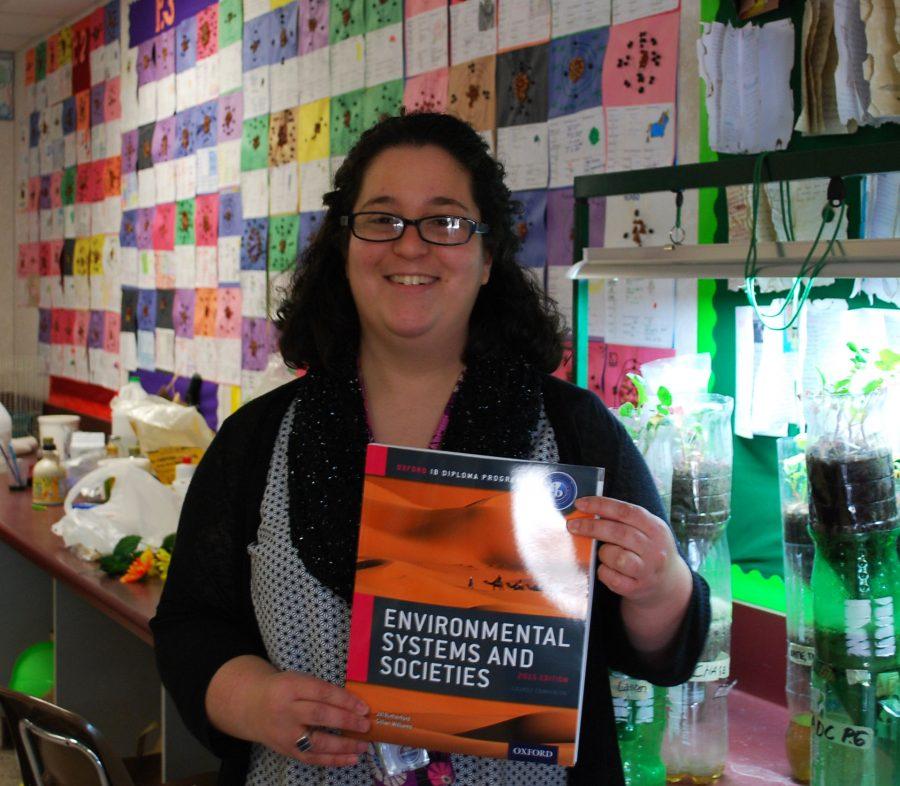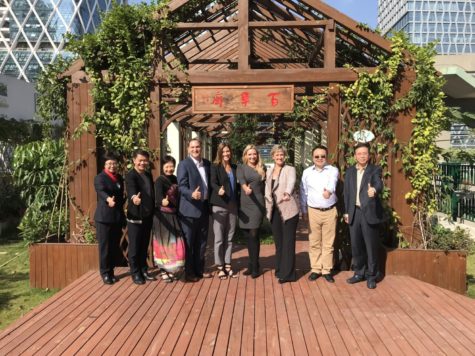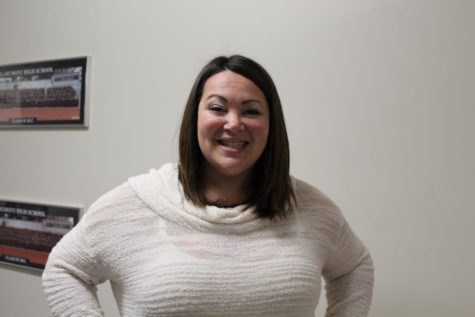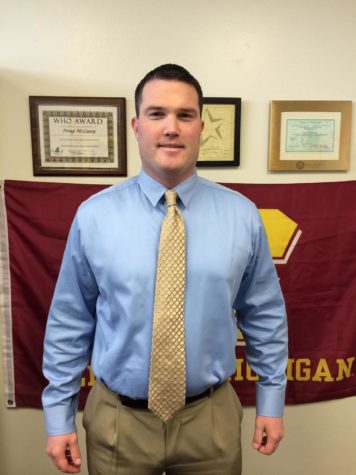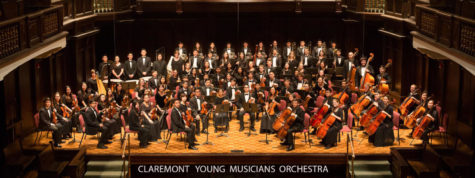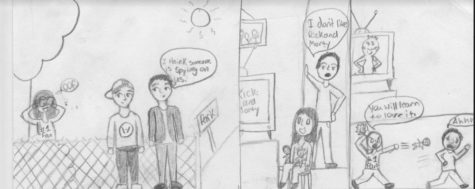New IB Class: Environmental Systems and Societies (ESS)
With the addition of another interdisciplinary IB course at CHS, students have a good reason to look forward to the 2017-2018 school year. Environmental Systems and Societies will be provided as an optional science course next year for both non-IB students and potential IB diplomats. Students who enroll in this weighted course are able to earn science or elective credits, and the class will be taught by CHS’ biology, physics, and AP environmental science teacher Jenna Mittman. Dubbed “ESS” by Mittman, this class will engage students in open discussions that will lead them to a better comprehension of the world around them, and help them learn about the many environmental detriments that affect society as a whole. The goal of this curriculum is to encourage students to develop personal insight about issues concerning their future environment.
Throughout the year-long course, students will be learning about seven different topics: systems and models, ecosystems, human population, biodiversity and conservation, pollution management, global warming, and environmental value systems. ESS will also introduce a blend of subtopics that include sociology, geology, politics, and economics, all of which students are not required to know prior to taking this course. Mittman feels strongly that ESS will be the most relevant class of the 21st century out of all the other classes offered at CHS because it takes the material that students learn and applies it to current real-world issues pertaining to the environment and its organisms.
As with most IB classes, discussion and writing supported by deep analysis of evidence and facts will be greatly emphasized as an aspect of this course rather than strictly revolving around reading text and taking tests. ESS is different than its counterpart, AP Environmental Science, since it is slower-paced and will rely very heavily on physical student interaction with the material. Mittman mentions that ESS will involve a number of field trips, some of which will include the Santa Ana Botanical Gardens and the Los Angeles Museum of Natural History.
ESS promises the opportunity for students to safely and freely share their opinions on controversial topics without being judged or ridiculed. ESS also welcomes students to take their perspective to the international scale, which would help them gain a widespread understanding of how environmental problems extend far beyond the borders of the U.S. Mittman hopes that her future pupils will take delight and enthusiasm in learning about the environment through hands on learning and safe discussion.
“I hope that students walk out of my class with a new understanding of how small and how large their influence can be in our giant universe,” Mittman said. “I want them to be able to spread their knowledge beyond the classroom even though they do not have the official title as ‘teacher’.”
The IB family here at CHS is highly anticipating the arrival of the new course, as it promises a plethora of environmental topics that will allow prospective students to delve deeper into a world where nature and morals collide. Until then, CHS’s IB society sends its warmest wishes as it awaits the thrilling educational experience that ESS will provide in the later year.
Photo: Mittman poses with new ESS textbook.
Hello there! Our goal is to provide relavent, engaging journalism for readers of all ages. Your donation will support the student journalists of the Wolfpacket at Claremont High School, and will allow us to purchase equipment, print our monthly issues, and enter in journalism competitions. We appreciate your consideration!





